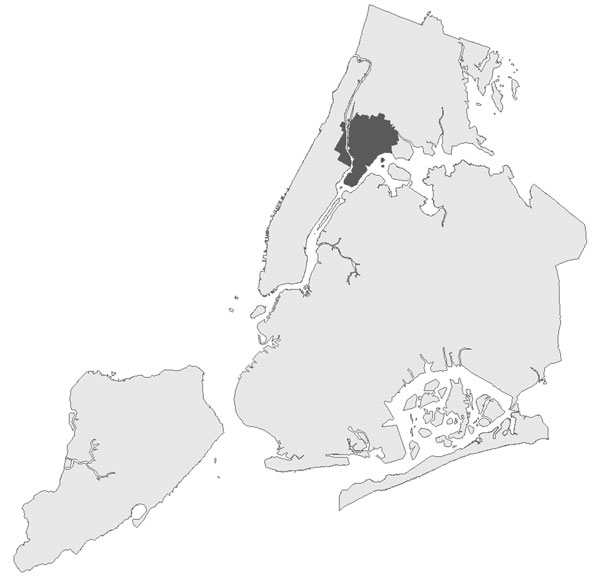Volume 22, Number 10—October 2016
Dispatch
Daily Reportable Disease Spatiotemporal Cluster Detection, New York City, New York, USA, 2014–2015
Figure

Figure. Automated output from spatiotemporal analysis on July 17, 2015, indicating a cluster (dark gray) of 8 legionellosis cases over 8 days centered in the South Bronx, New York City, New York, USA. In subsequent days, this cluster expanded in space and time into the second largest US outbreak of community-acquired legionellosis.
Page created: September 19, 2016
Page updated: September 19, 2016
Page reviewed: September 19, 2016
The conclusions, findings, and opinions expressed by authors contributing to this journal do not necessarily reflect the official position of the U.S. Department of Health and Human Services, the Public Health Service, the Centers for Disease Control and Prevention, or the authors' affiliated institutions. Use of trade names is for identification only and does not imply endorsement by any of the groups named above.